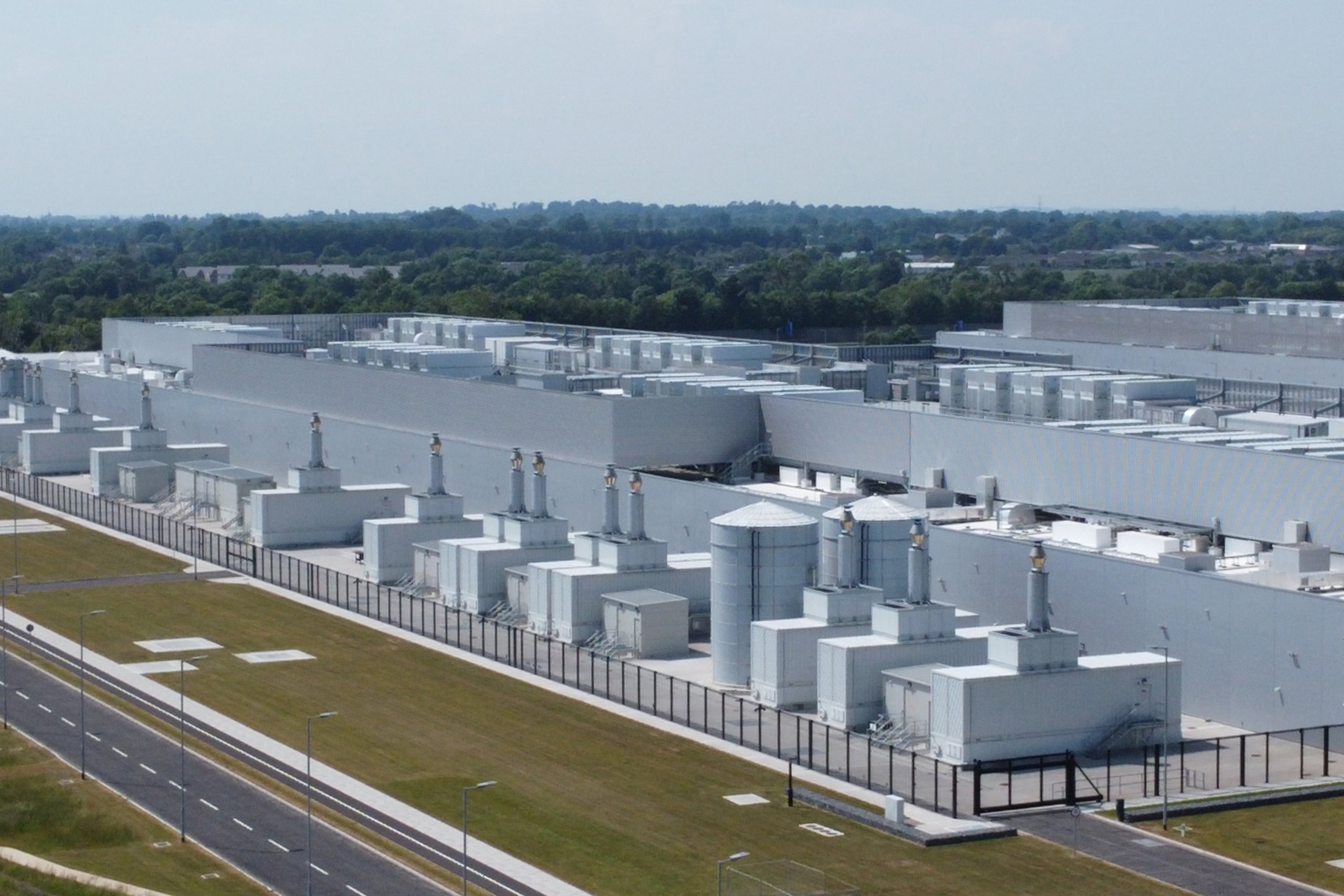Successive heatwaves threaten nature’s ability to provide us with food, say researchers, as they warn of an “unseen, silent dying” in our oceans amid record temperatures scorching the Earth.
Heatwaves are ripping through Europe, the United States and China, with the global hottest day ever recorded at the start of July, endangering human life as well as the land and sea it depends on.
“Our food system is global,” said John Marsham, professor of atmospheric science at the University of Leeds. “There are growing risks of simultaneous major crop losses in different regions in the world, which will really affect food availability and prices. This is not what we’re seeing right now, but in the coming decades that’s one of the things I’m really scared of.
“As a human being, if you’re wealthy enough, you can get inside and put the air conditioning on. But natural ecosystems and farmed ecosystems can’t do that.”
READ MORE
The 2018 European heatwave led to multiple crop failures and loss of yield of up to 50 per cent in central and northern Europe.
Heatwaves are expected to become 12 times more frequent by 2040 compared with pre-warming levels. Although one heatwave might not kill an ecosystem, longer and more frequent events will mean nature does not have time to recover.
Prof Marsham said: “People are generally isolated from the effects of the weather on which we all depend. We go to shops to buy food – we don’t grow it ourselves. But if you talk to farmers anywhere in the world, they are extremely aware of what the weather is doing, and the impacts on their farming.”
The climate crisis does not just increase atmospheric heatwaves but oceanic ones too, harming coastal communities and threatening another key food source for humans. Heat stress causes dramatic die-offs, such as the 2021 “heat dome” along Canada’s Pacific coast, which killed an estimated one billion marine animals.
Daniela Schmidt, professor of earth sciences at the University of Bristol, said: “We often think about impacts on ecosystems on land because it’s easy to see – the plants wilt and animals get too hot. But people generally don’t think about marine heatwaves. That’s what really worries me – that unseen, silent dying.”
Some of the most vulnerable ecosystems are the ones used to having a stable temperature year-round, such as species in the tropical oceans. Warming of two degrees is expected to essentially wipe out tropical corals reefs. They have the highest biodiversity of any ecosystem globally, and support more than 500 million people worldwide, most of whom are in poor countries.
“I’ve got young kids,” Prof Marsham said. “Whenever you watch Finding Nemo or read a book about coral reefs, you can’t help but feel that, on some level, you’re selling them a lie. Unless we act fast, those systems are going to disappear. Some people might not care about coral reefs, but there’s no part of the globe that is immune to the impacts of climate change.”
Prof Schmidt added: “Not everything has to have a financial value. You need plants for every breath you take. It’s the oxygen you breathe – we tend to forget that.”
Research is just starting to scratch the surface of understanding how heat affects ecosystems. Under a high-emissions scenario of 4.4 warming, 41 per cent of land vertebrates will experience extreme thermal events by 2099, according to research published in Nature. Stresses induced by hot temperatures can cause numerous problems, affecting growth, fertility, immunity and changes in behaviour.
Species are moving up mountains and towards the poles to evade the heat. Ultimately, it is likely to drive more species towards extinction.
Nature can, however, play an important role in making extreme heat more bearable, say experts. Bodies of water such as ponds and fountains make landscapes more resilient in hot, dry summers, helping prevent wildfires and reducing the impacts of drought.
Dr Nicole Miranda, a senior researcher at the Oxford Martin programme on the Future of Cooling, said: “The presence of vegetation and water in our landscape can serve as ways to passively cool our surroundings. Trees and plants provide shading and also have the mechanism of evapotranspiration. Bodies of water, such as ponds and fountains, capture the heat around them by evaporating water.”
One example is the large-scale green corridors in Medellín, Colombia, which have reportedly cut urban heat by 2 degrees. – Guardian











